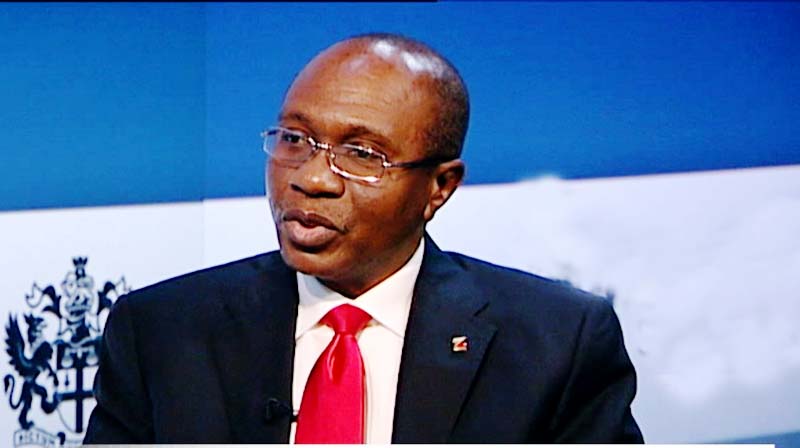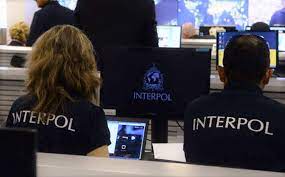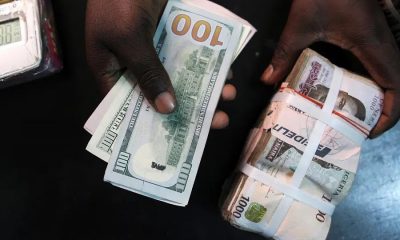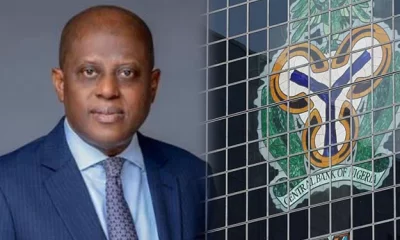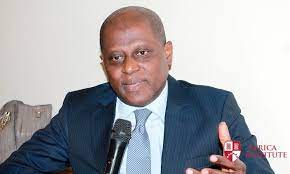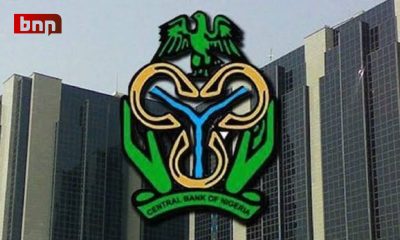By Odunewu Segun
With the decision of the Central Bank of Nigeria’s Monetary Policy Committee meeting on Tuesday, July 25 to retain the MPR at 14%, businesses would continue to face high cost of borrowing and limited fund for local production.
MPR is the interest rate at which CBN lends to the commercial banks. The MPR is the benchmark against which other lending rates in the economy are pegged and is usually used as an instrument to moderate inflation in the economy.
An adjustment in this economic parameter by the MPC could either positively or negatively affect an individual through its effect on the prime lending rate (i.e. cost of borrowing).
The prime lending rate is the interest rate at which a commercial bank lends to its most credit-worthy borrowers (usually large corporations, because their risk of default is quite low). Not every customer obtains loans at the prime rate.
According to national Daily findings, the decision to hold MPR at 14%, implies that start-ups looking to borrow to from banks to fund their operations would only be able to get loan facilities from banks at rates above 14%.
That is, the cost of borrowing would still remain on the high side. At MPR as high as 14%, businesses would continue to face high cost of borrowing and limited fund for local production.
Currently, treasury bills have gone up to about 18%; bond yields are also on the rising. In effect, most banks prefer to play in the treasury and bond markets than to lend money to businesses, because they offer less risk.
Also, businesses who are already indebted to these banks may struggle with paying them back as the interest rate remains hanging and they have to keep paying high for loan borrowed.
Whilst, some of these businesses are currently battling with downturn in revenue from low sale. This in effect might give birth to an increase in non-performing loans recorded by banks.
National Daily gathered that An increase in the Monetary Policy Rate by the MPC will result in an increase in the price (interest rate) businesses pay for borrowing and vice versa.
ALSO SEE: Lagos, most indebted state in Nigeria
The MPR was last increased in 2016 from 12% to 14%–a 2% change that gave rise to a 2% increase in prime lending rate in the economy.
The MPC had voted 6 to 2 to retain the Monetary Policy Rate (MPR) at 14.0% alongside all other policy parameters. It retained the CRR at 22.5%, Liquidity Ratio at 30% with the Asymmetric corridor around the MPR at +200/-500bps.
The MPC remarked that although the aggregate outputs in the economy contracted by 0.52% in the first quarter of 2017, Nigeria’s economy is on a recovery path.
On the external scene, the committee noted that despite the risk from market expectations of expansionary U.S fiscal policy and concern from other global economies, the growth prospects for emerging economies in 2017 are expected to rise to about 4. 6 per cent from 4.3% in 2016.

 Football2 days ago
Football2 days ago
 Business1 week ago
Business1 week ago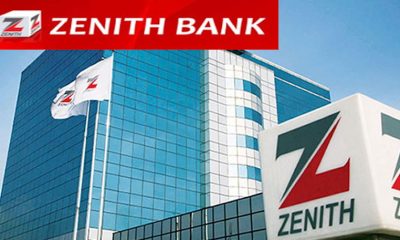
 Business1 week ago
Business1 week ago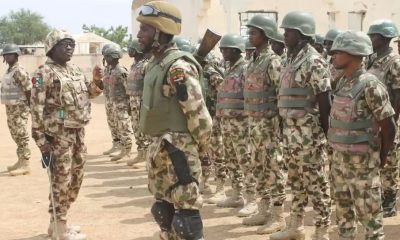
 Education1 week ago
Education1 week ago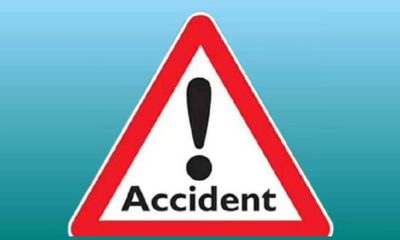
 Crime1 week ago
Crime1 week ago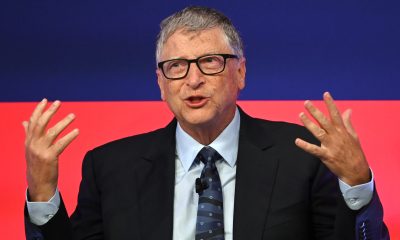
 Covid-191 week ago
Covid-191 week ago
 Latest6 days ago
Latest6 days ago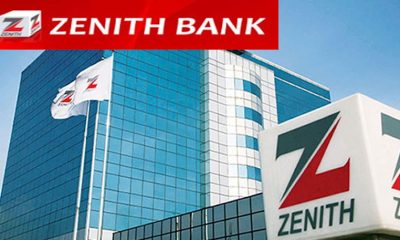
 Business1 week ago
Business1 week ago
